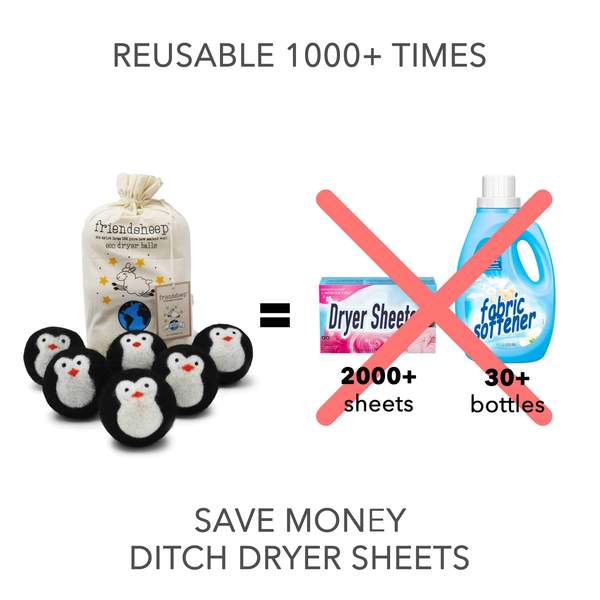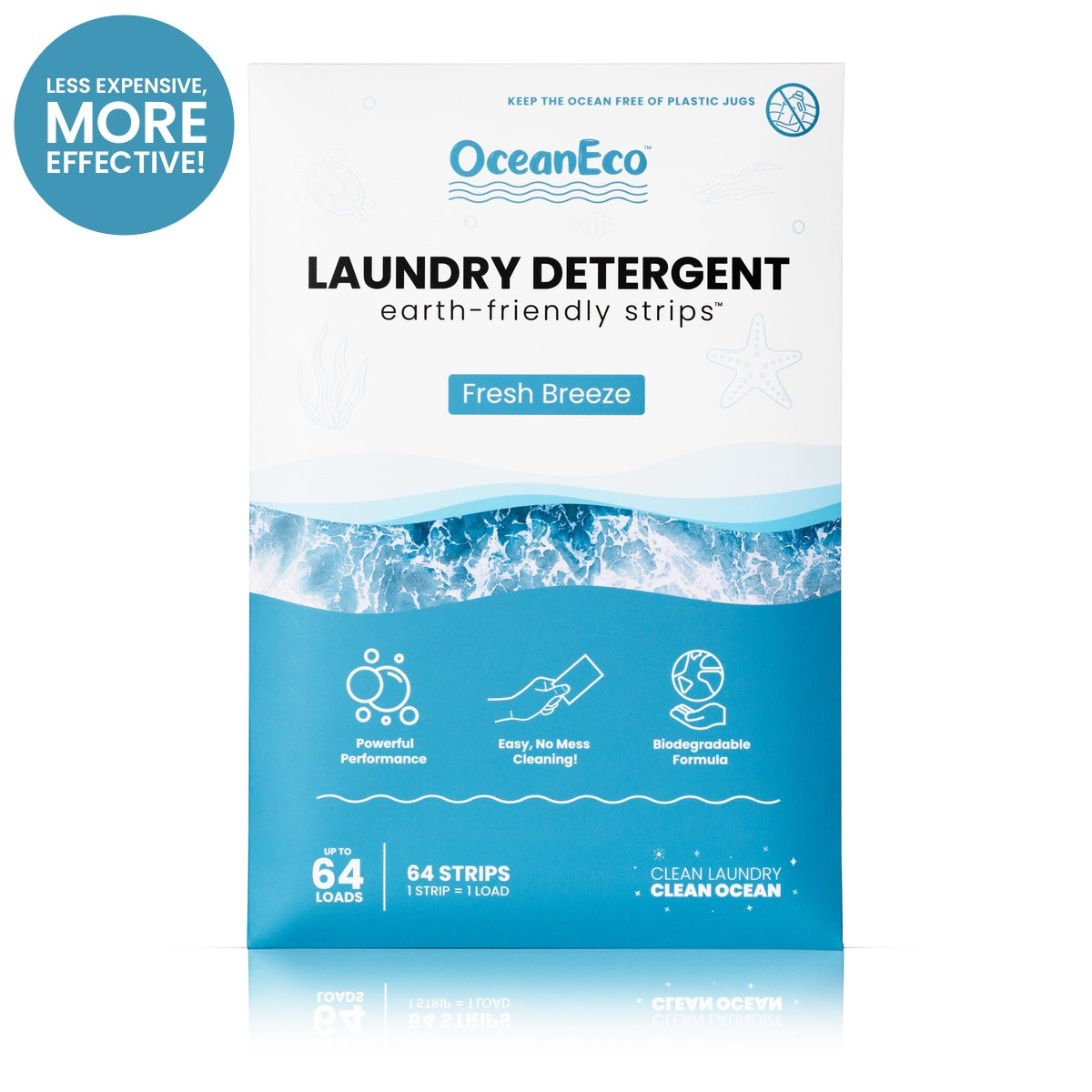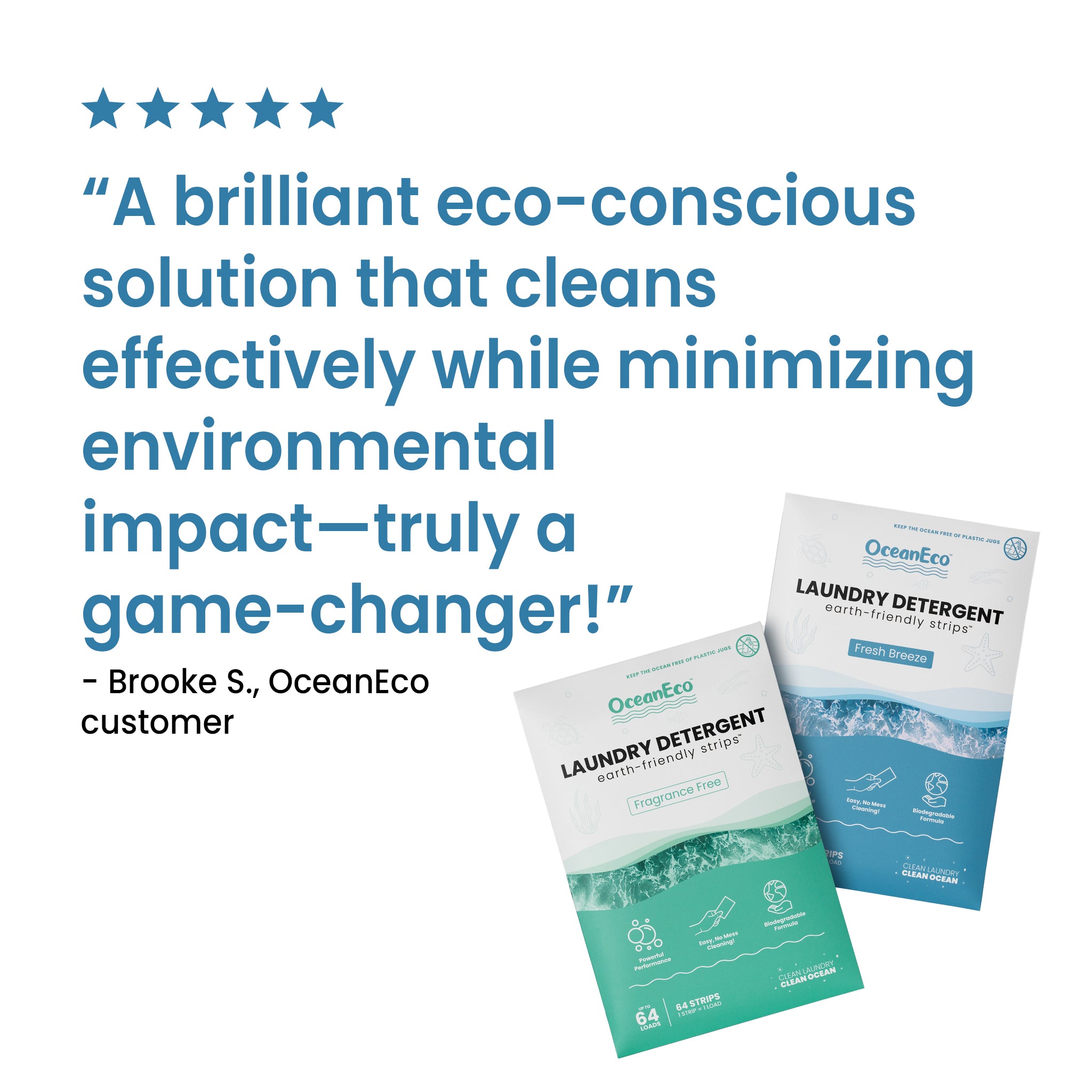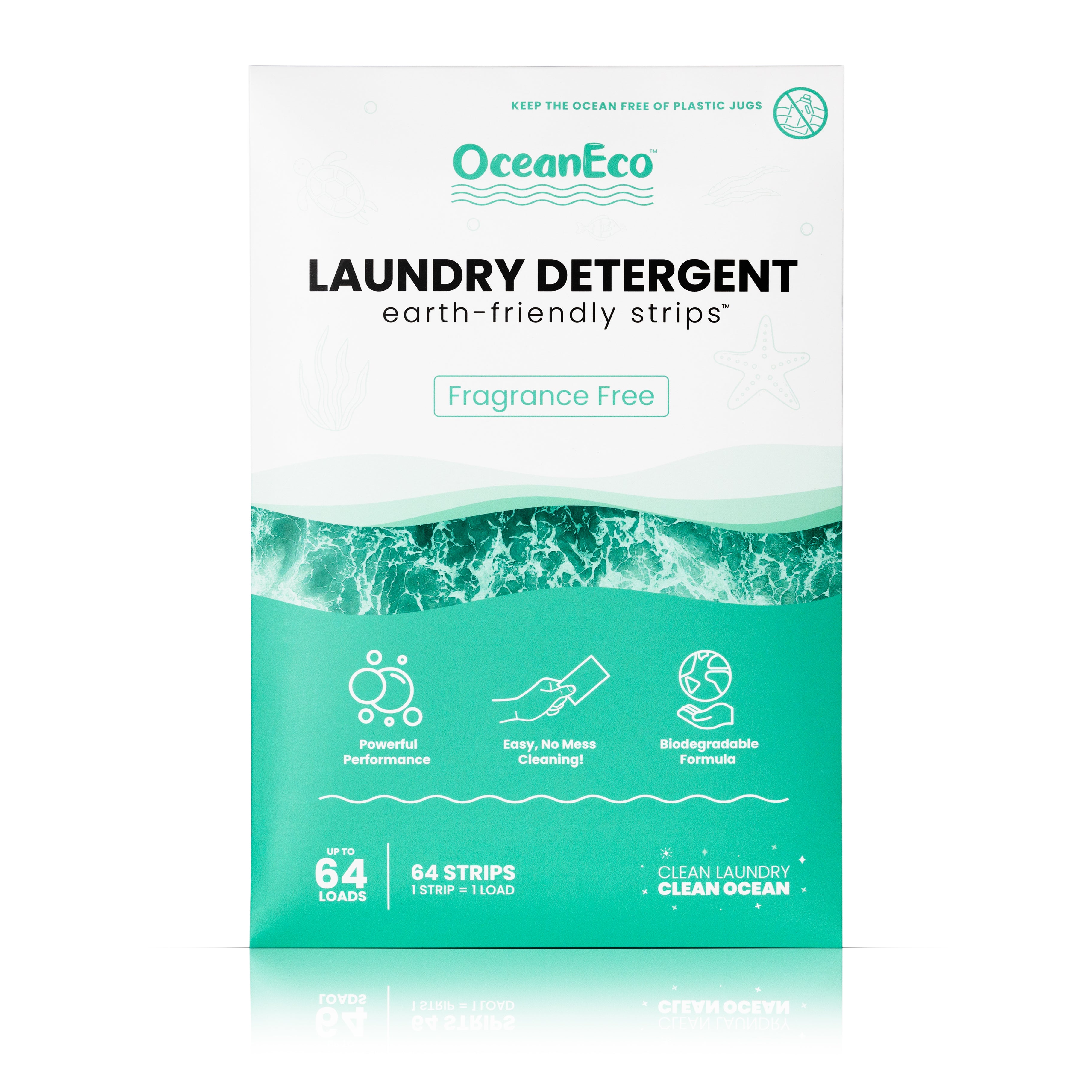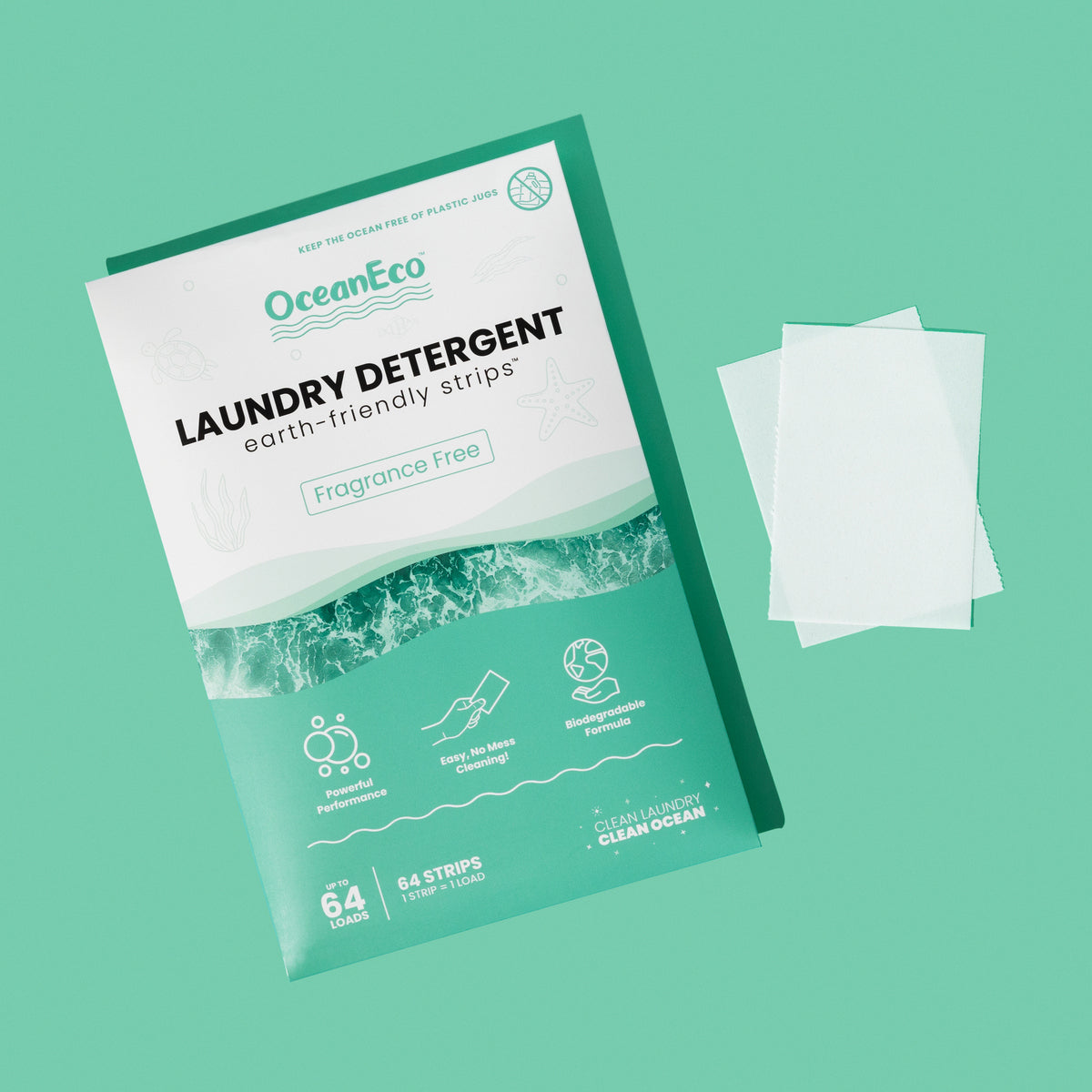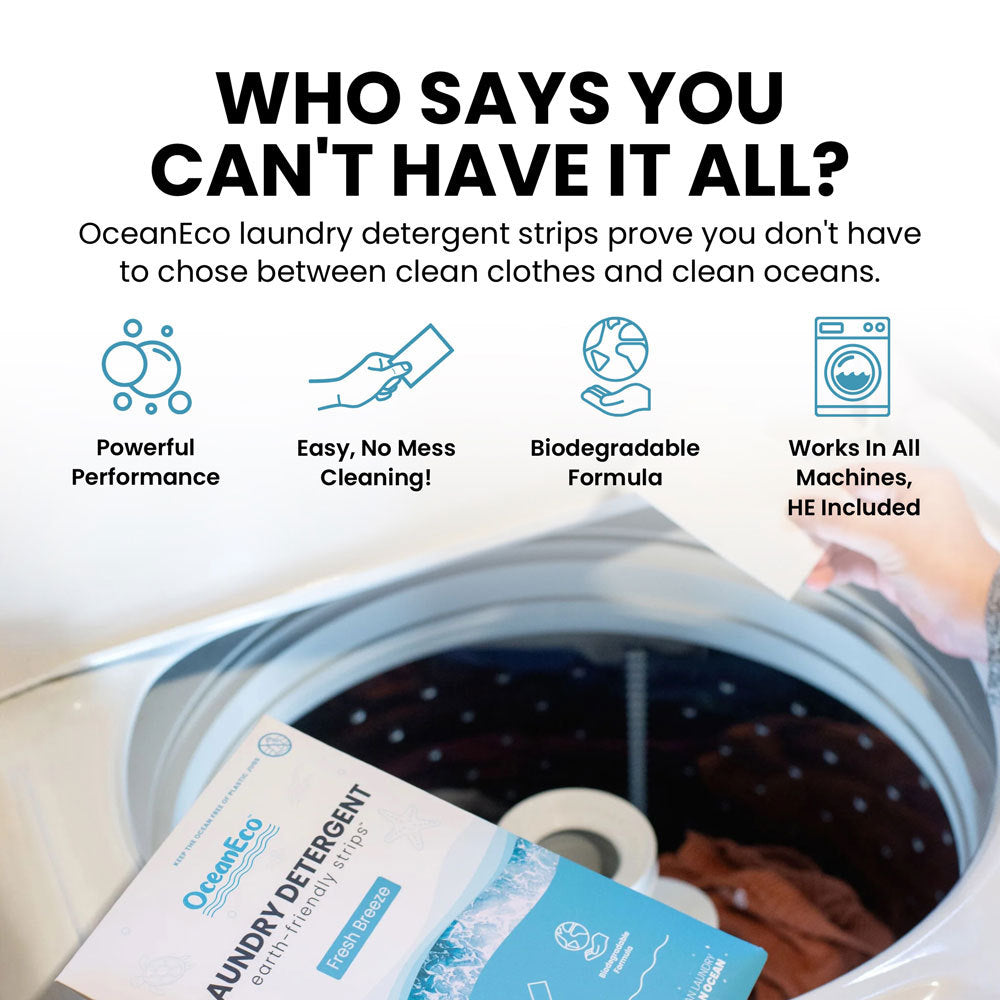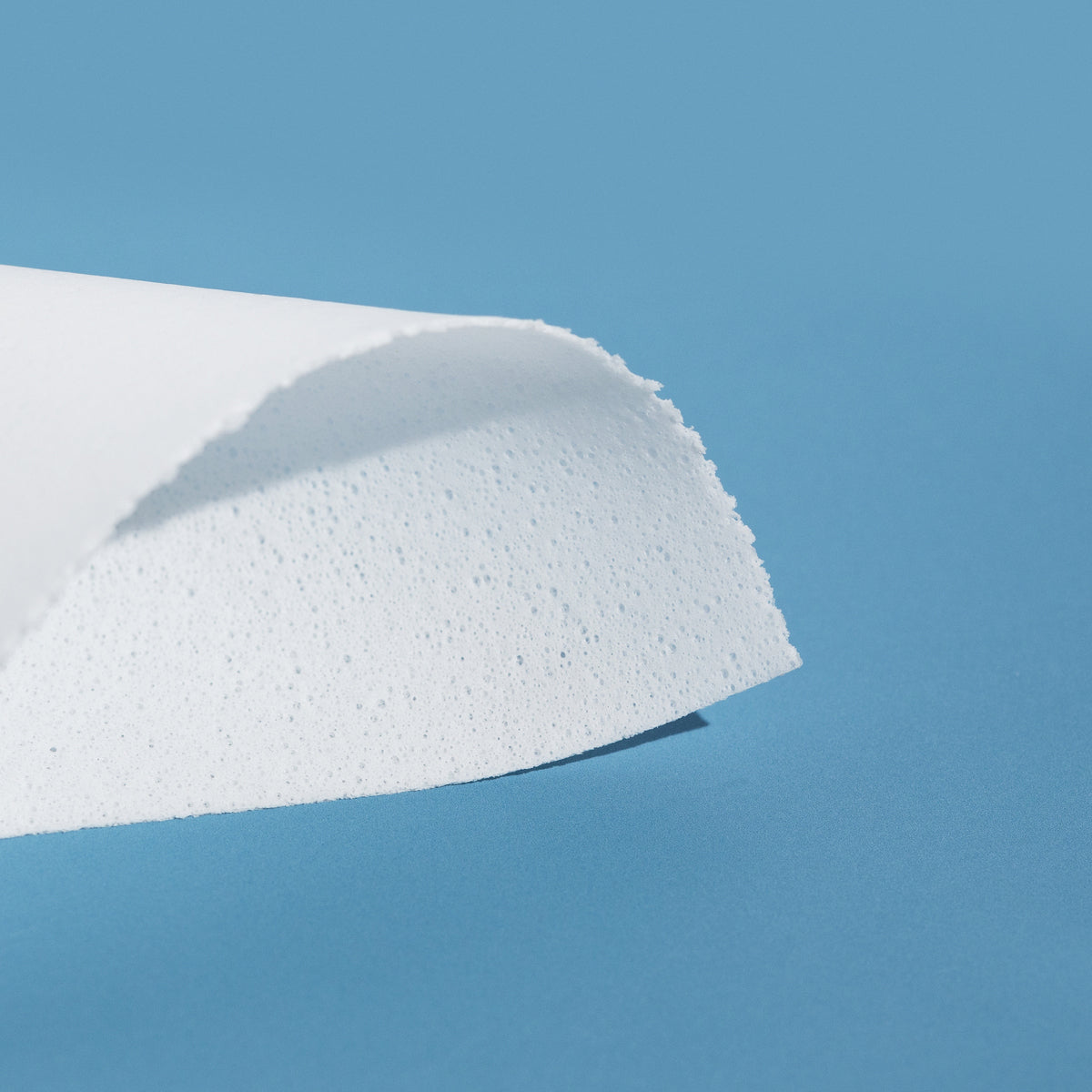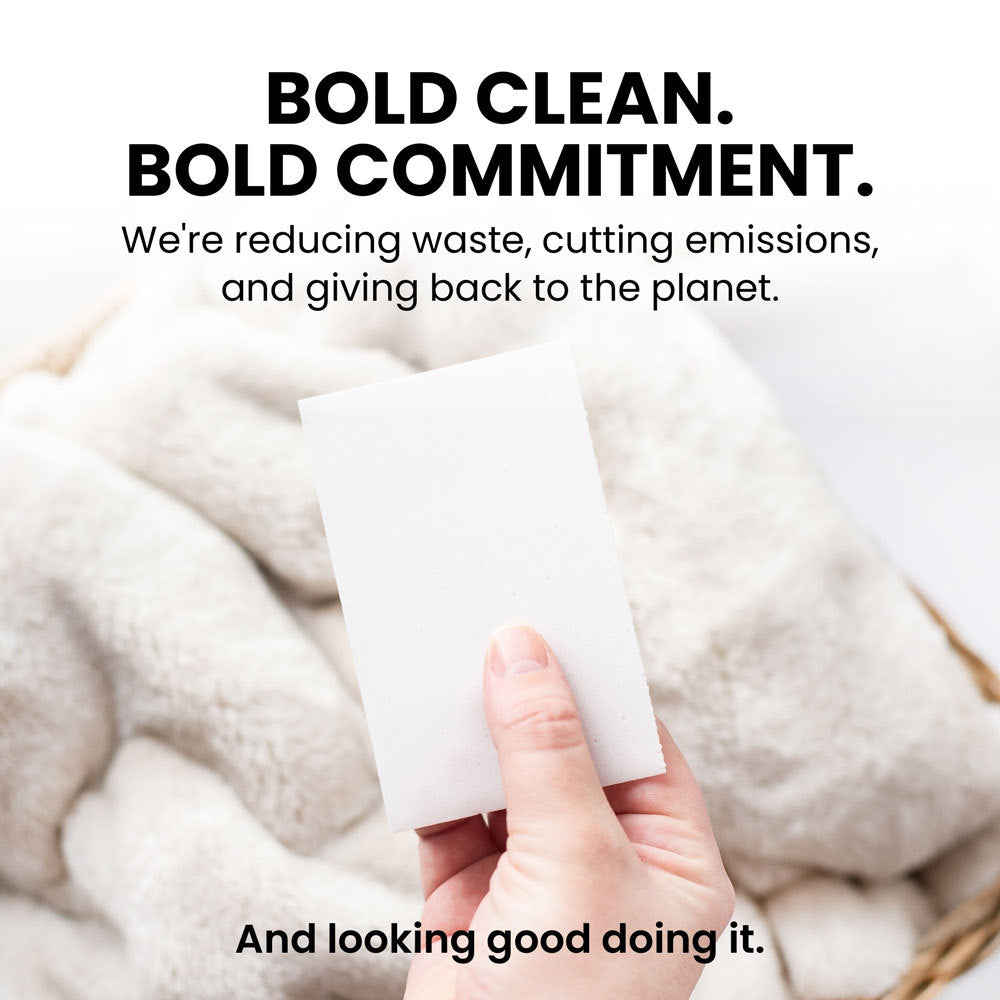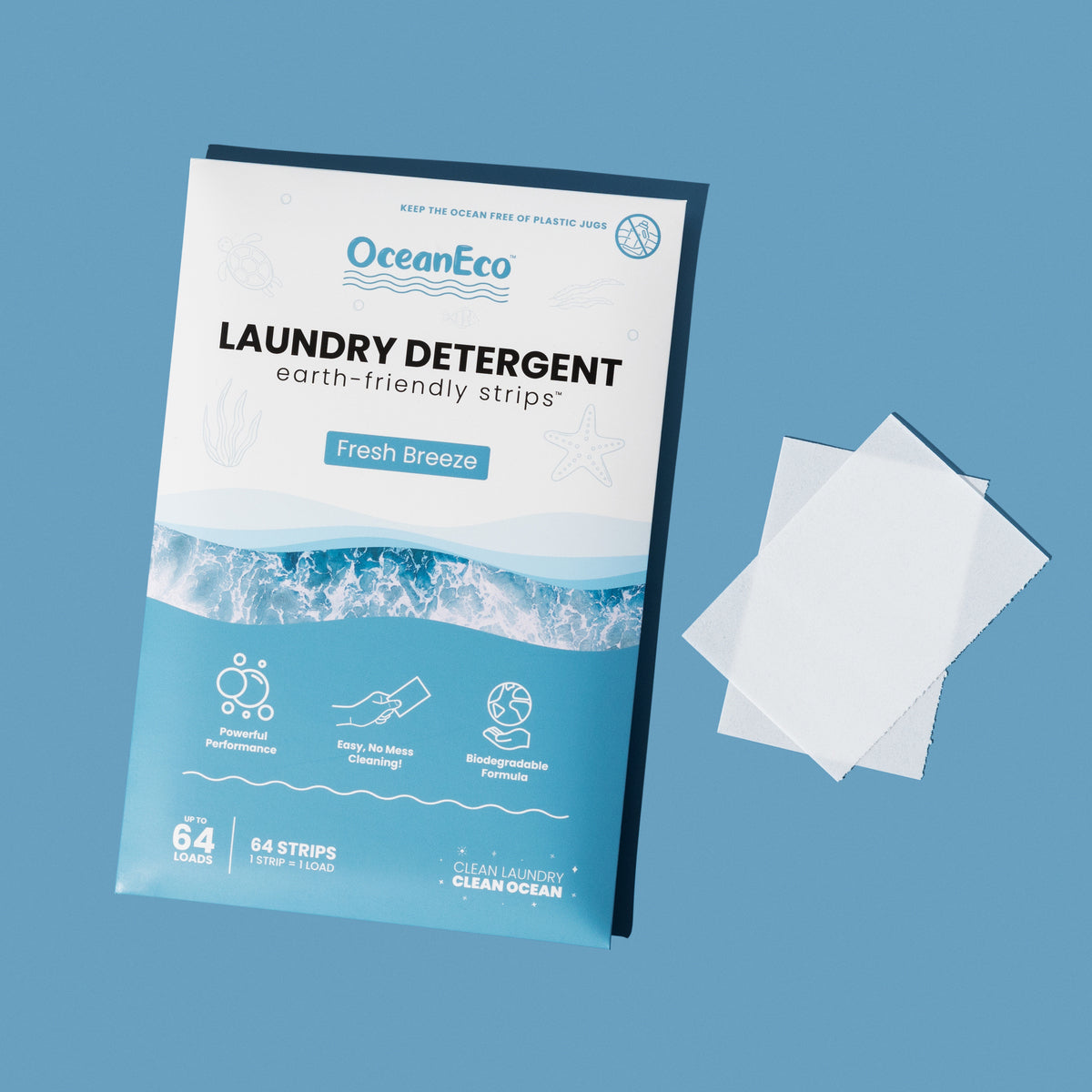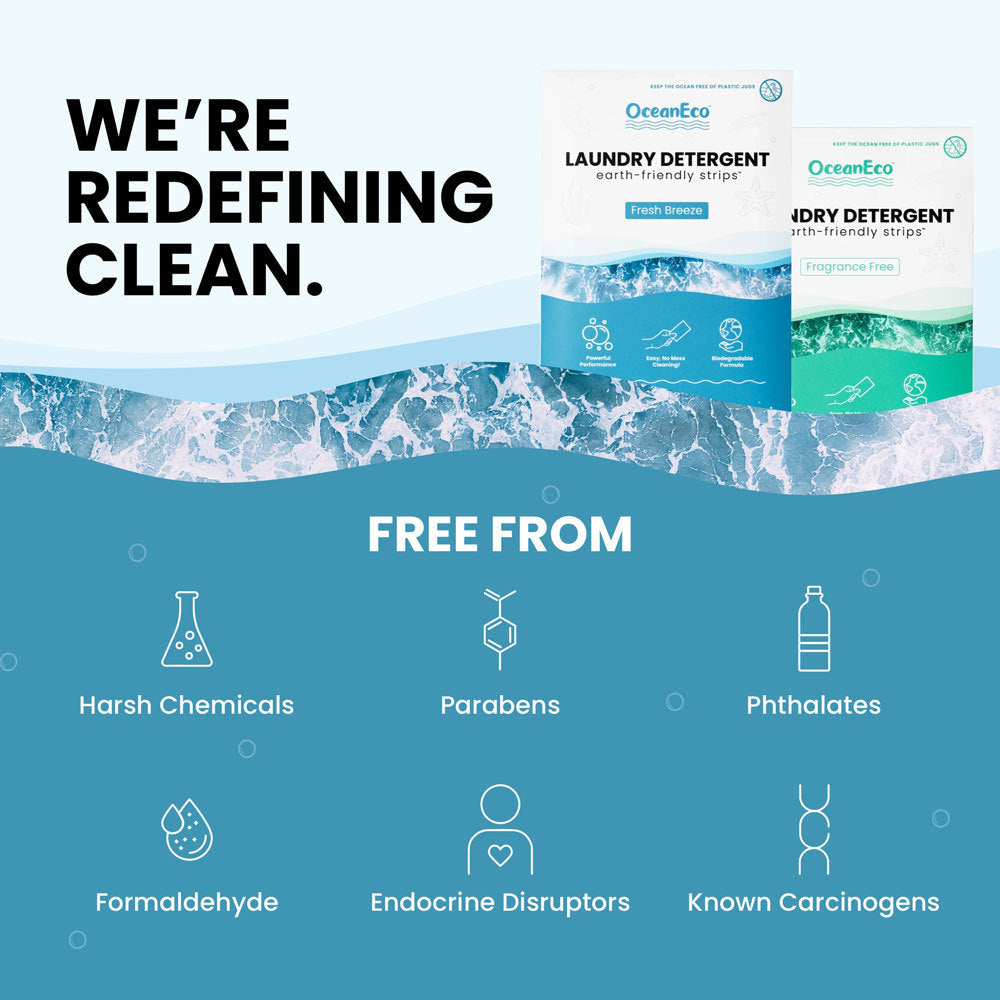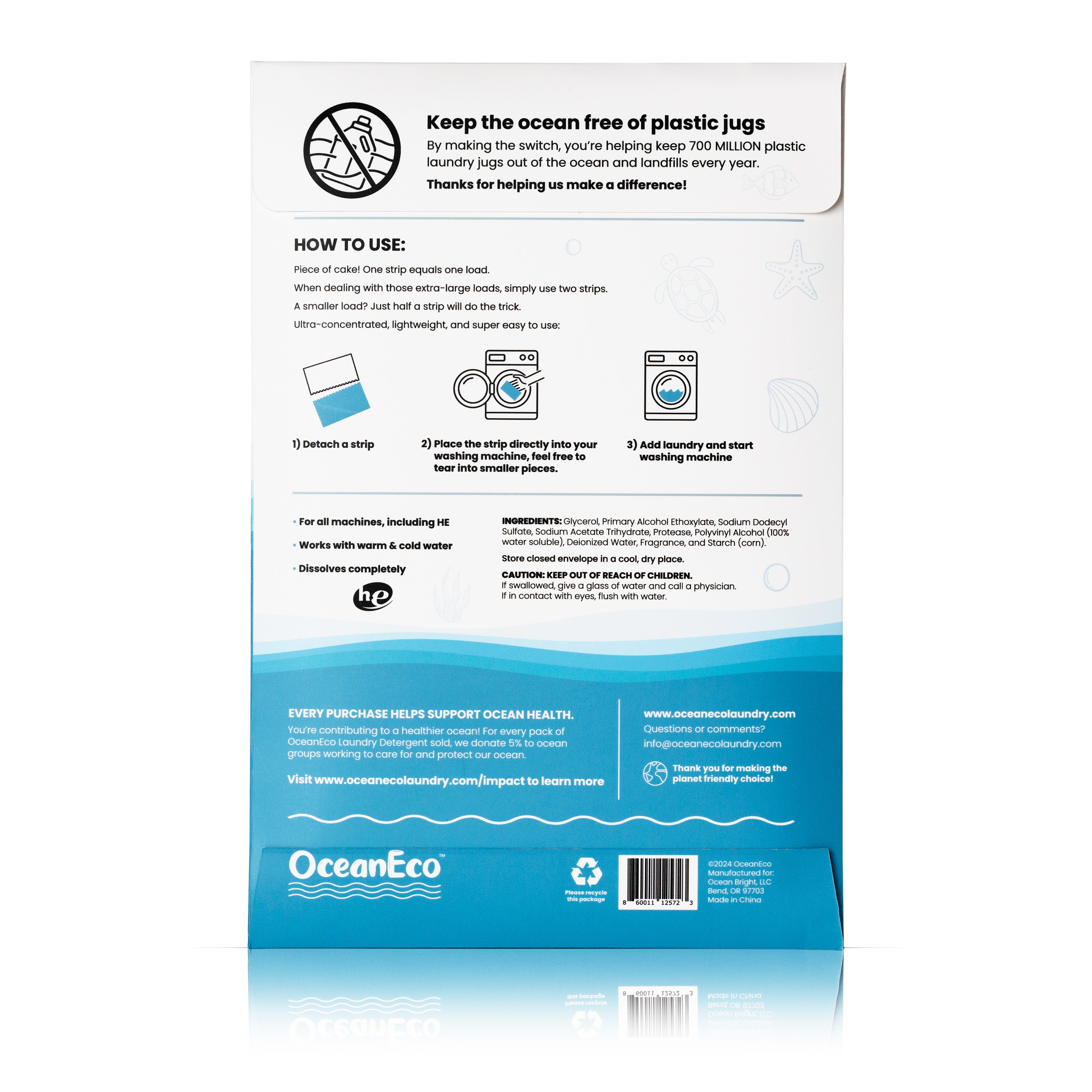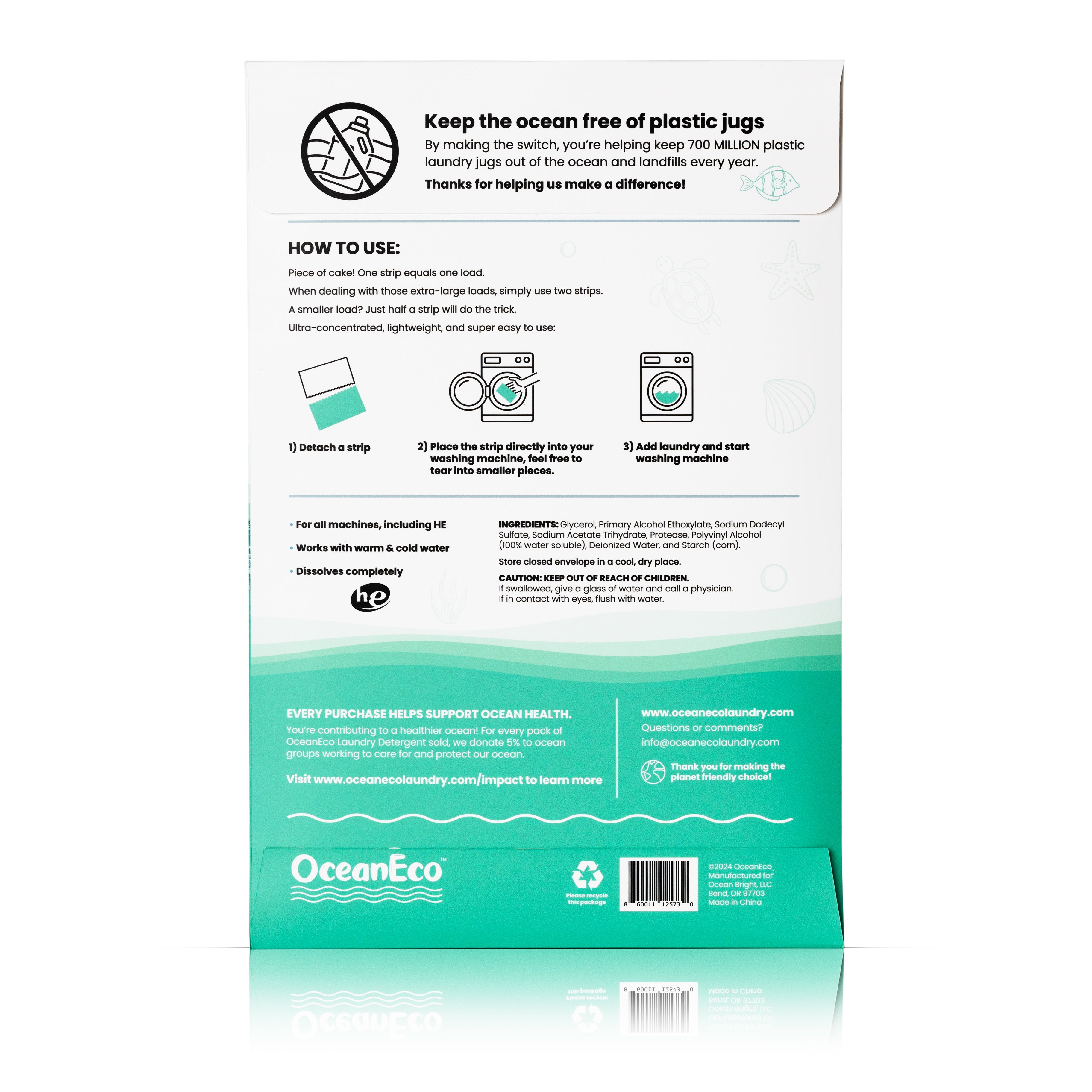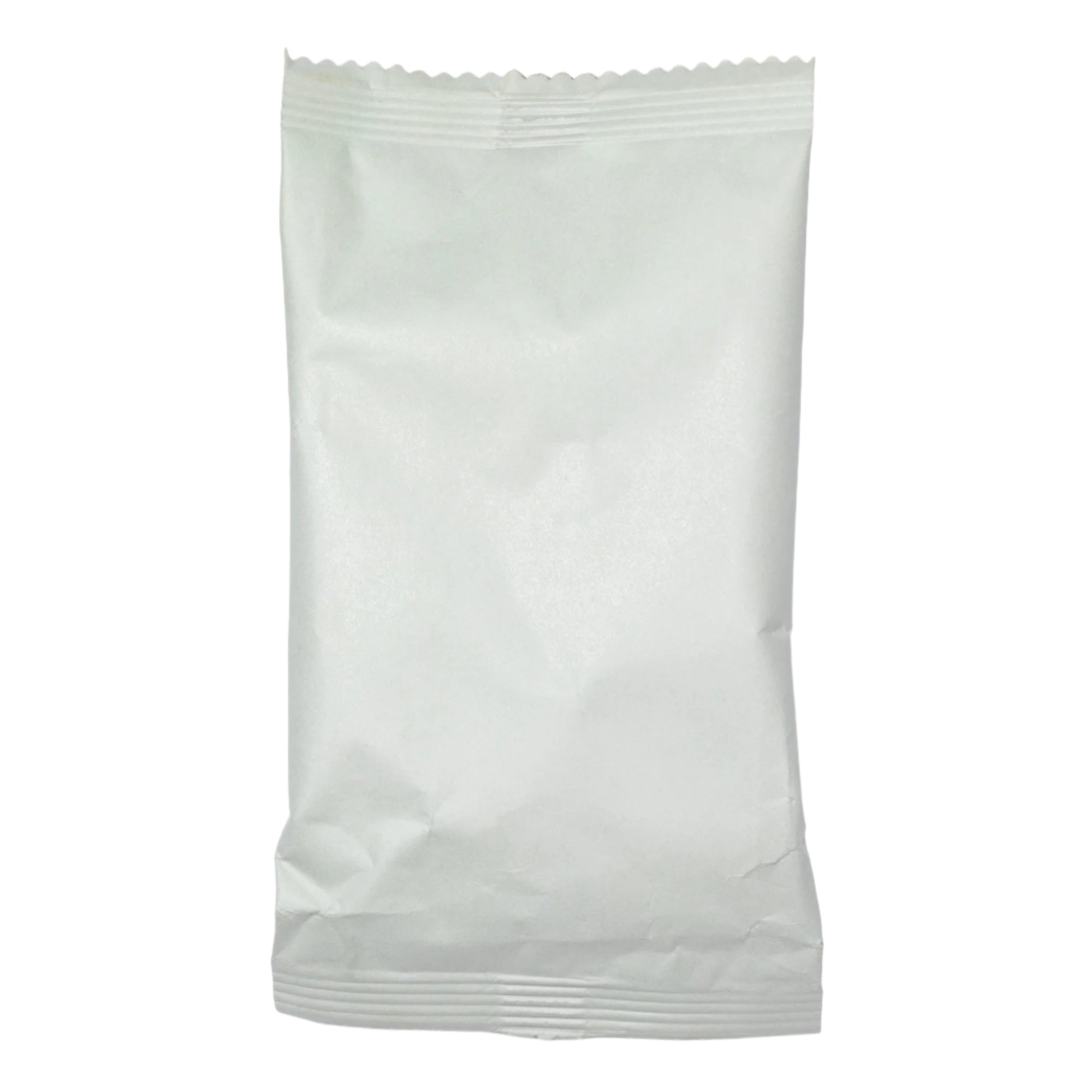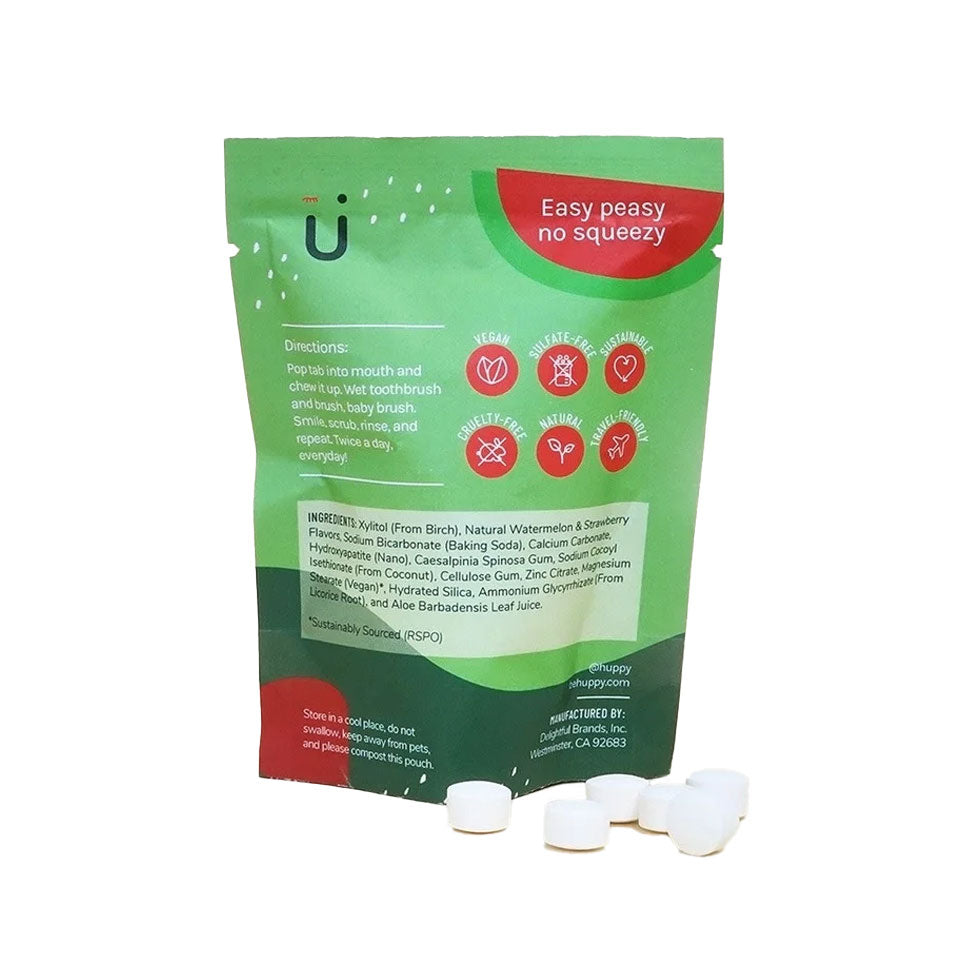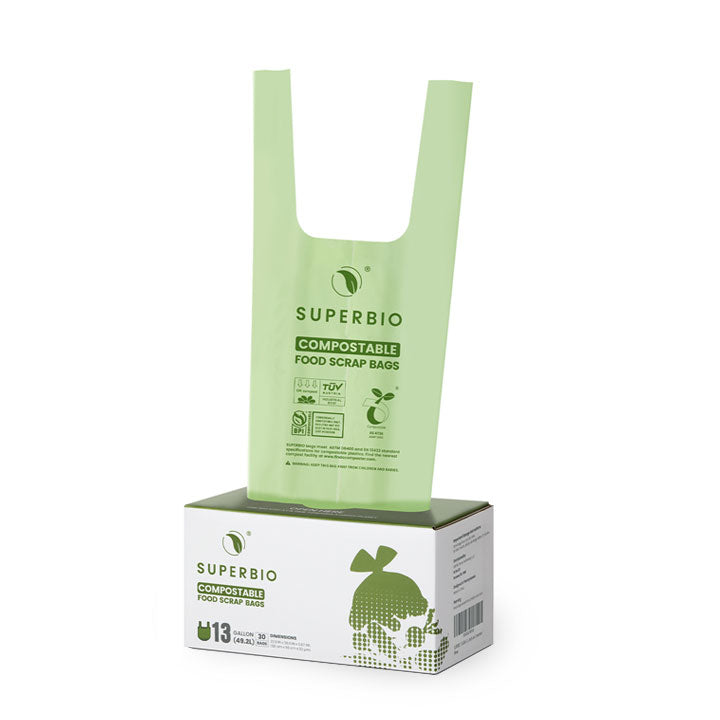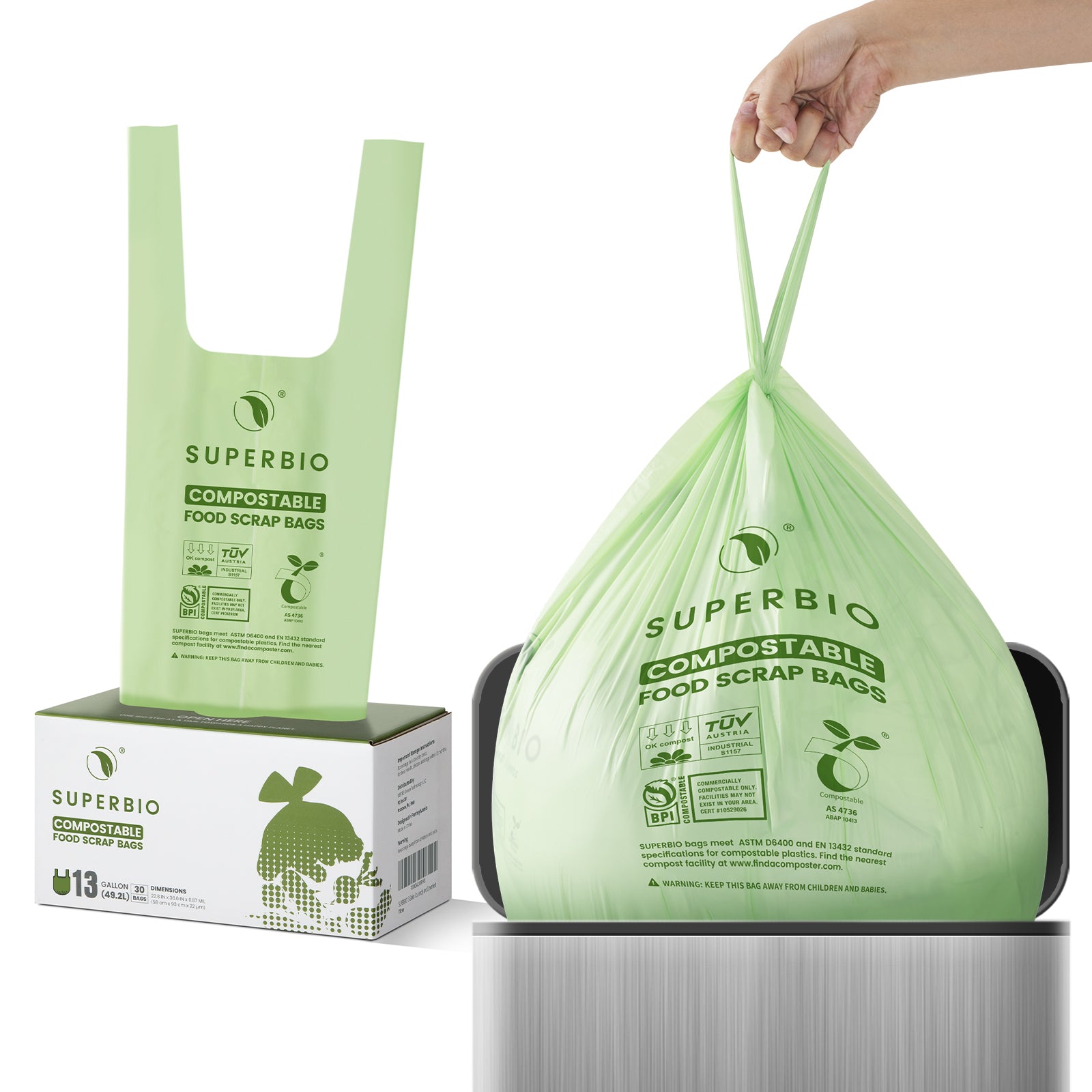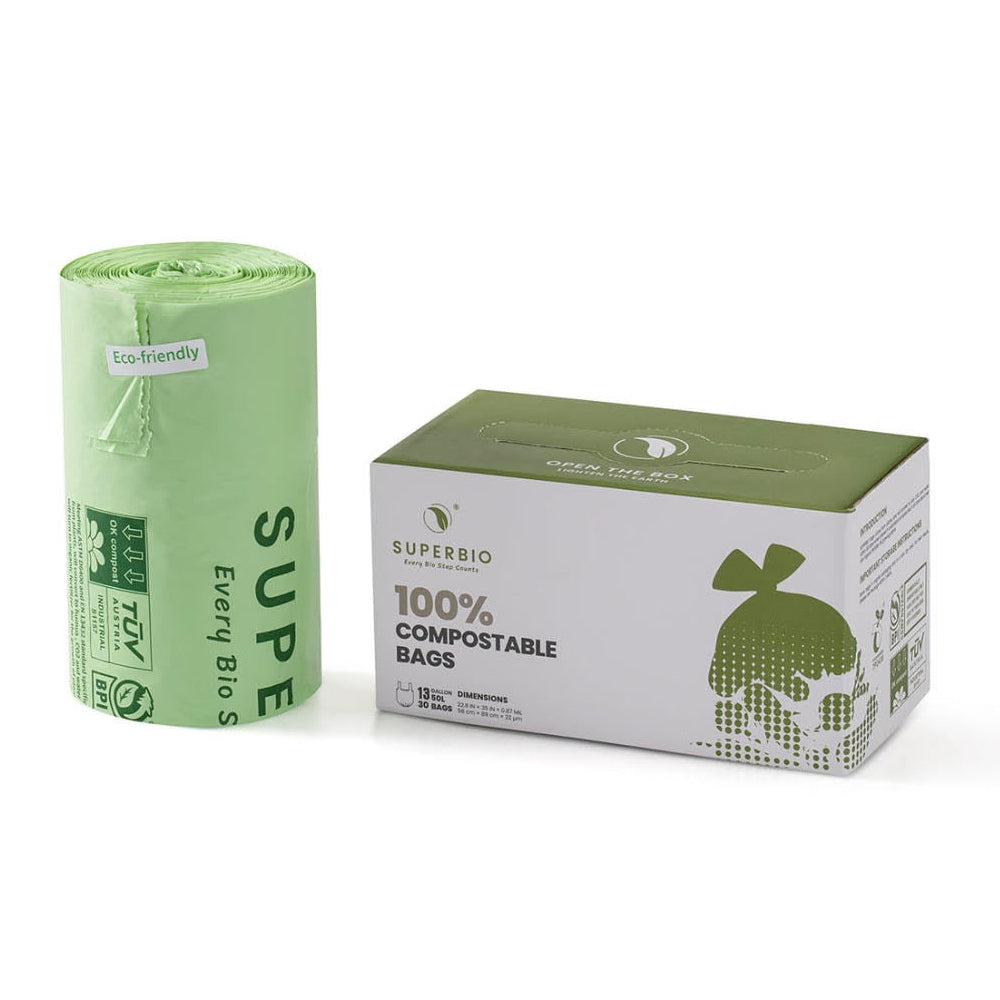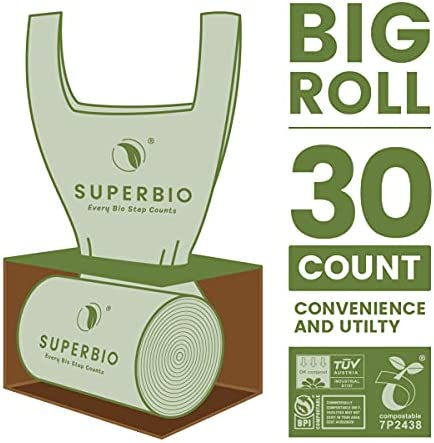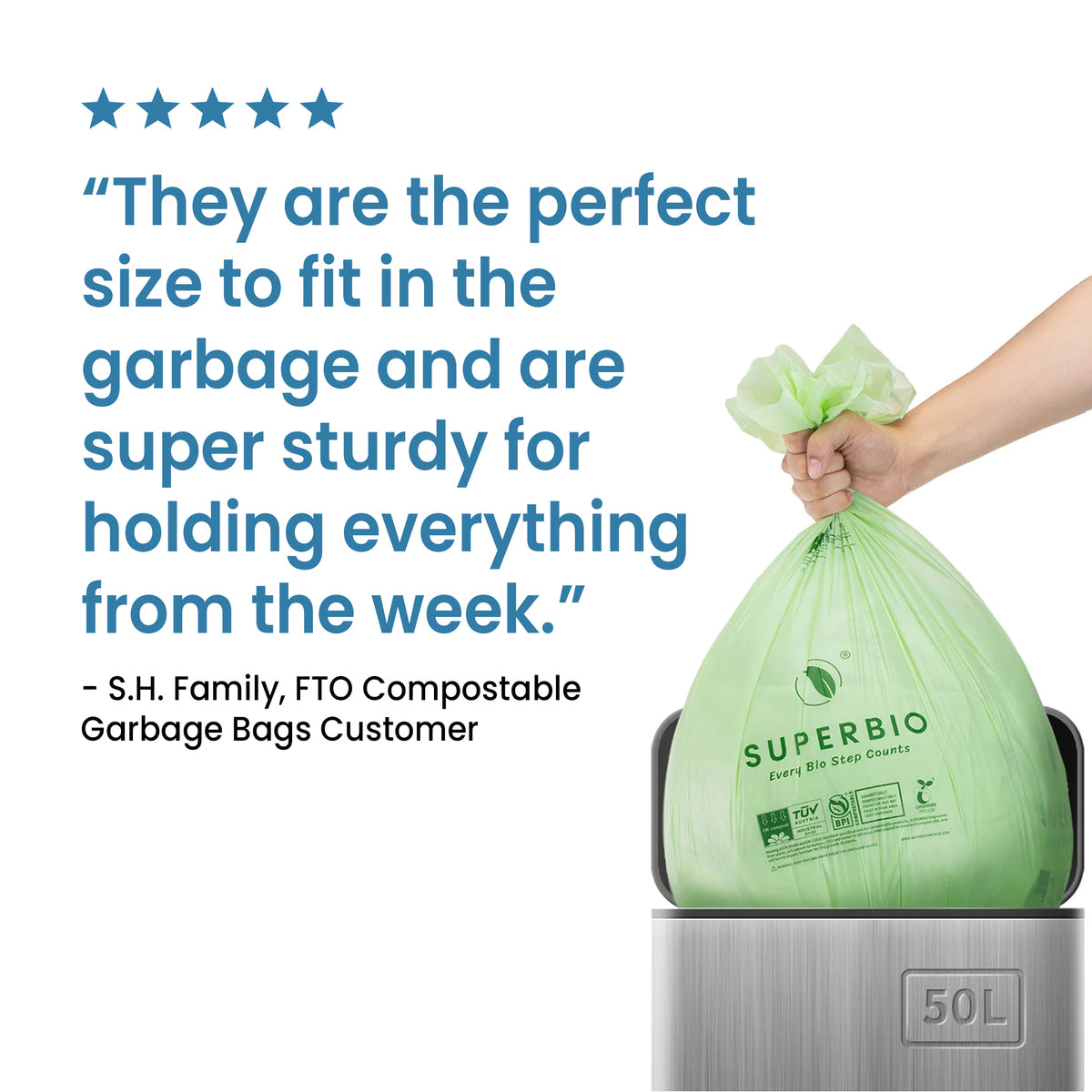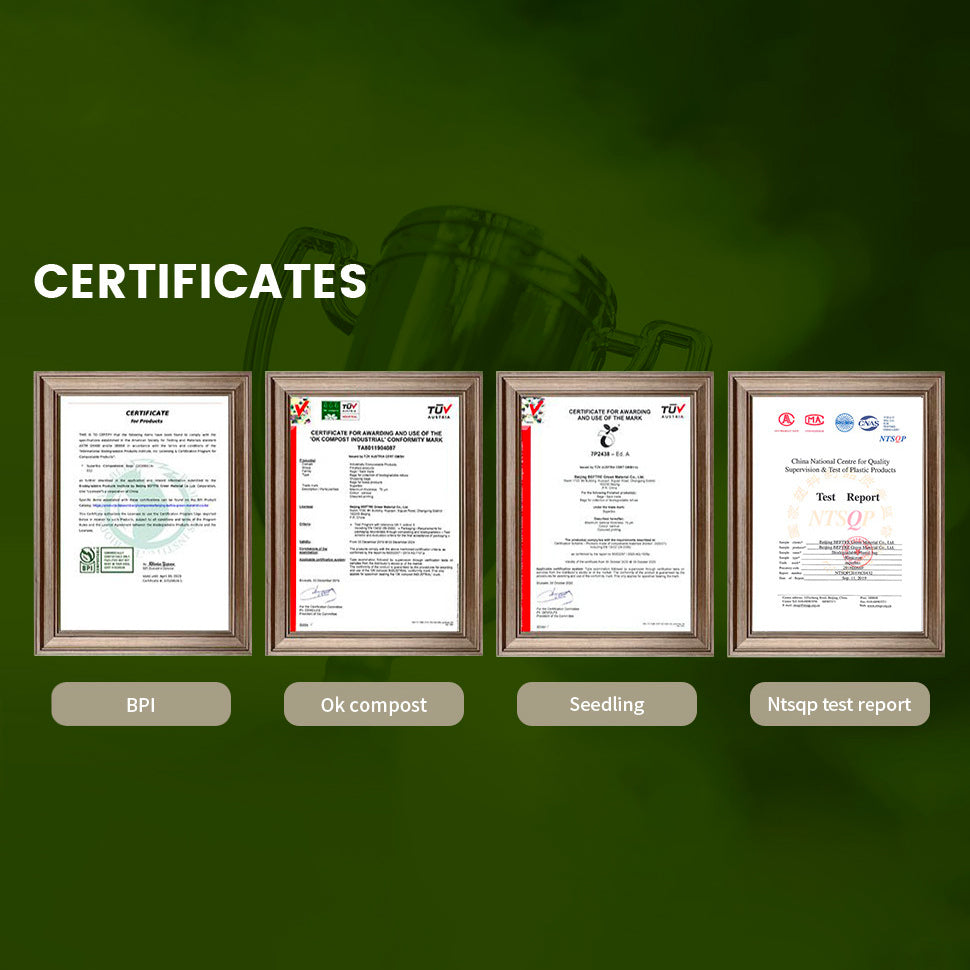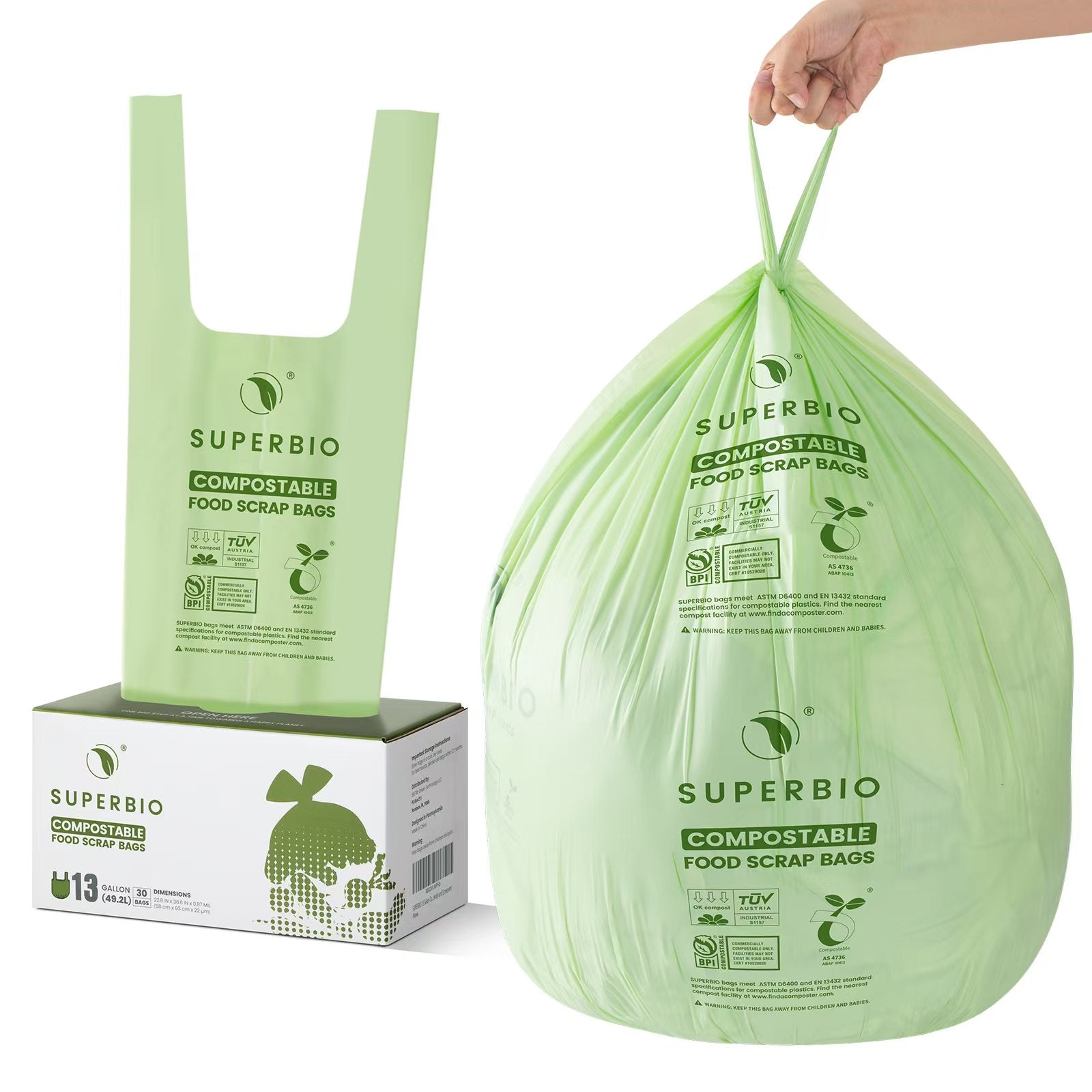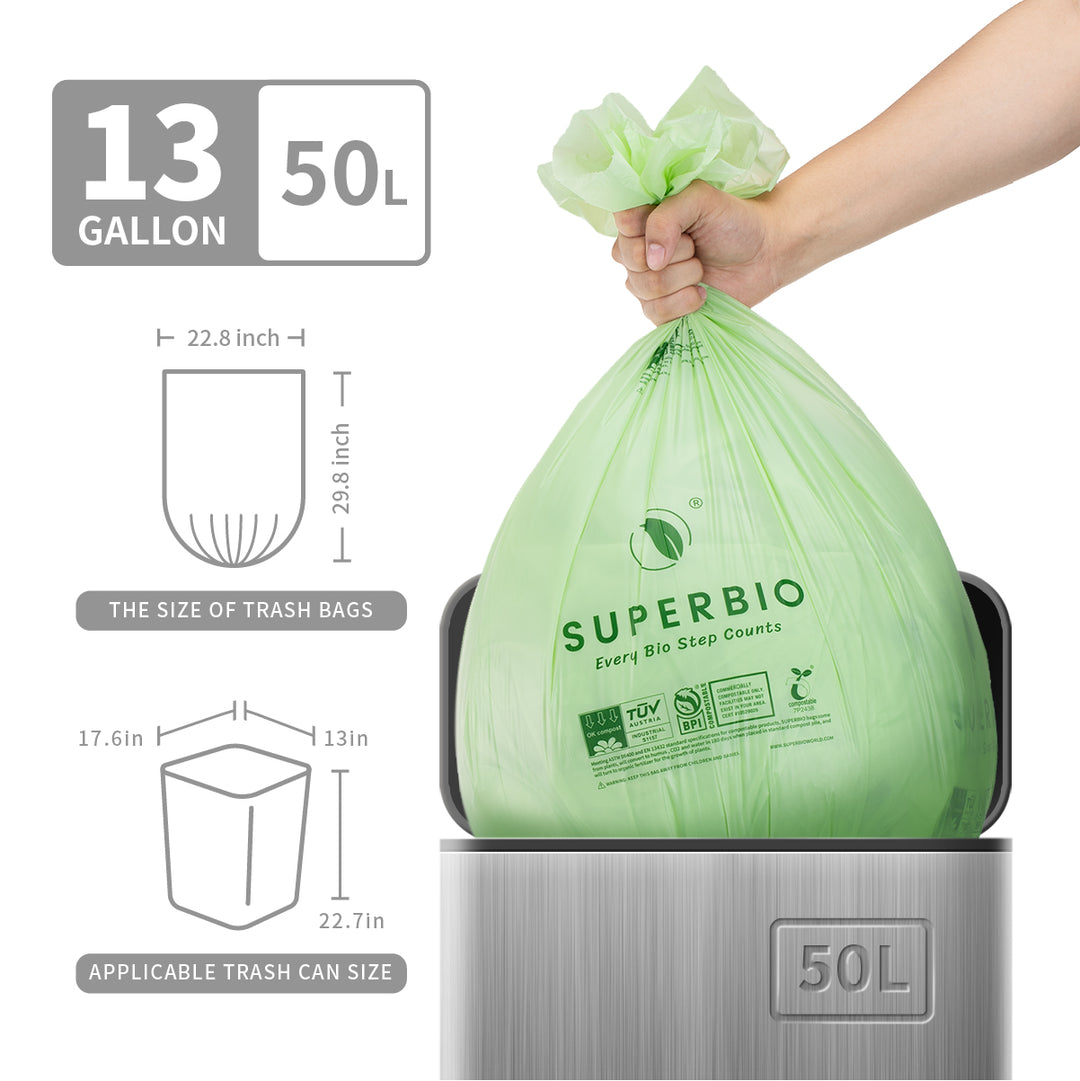Japan Creates New Technology To Vaporize Forever Plastics Into Clean Gas
Plastic waste has long been the nemesis of marine life, lingering in ecosystems and leaching toxic compounds into food chains. But a new breakthrough in Japan could mark a turning point—one where some of the most stubborn plastics on Earth, like Teflon, are vaporized into usable gases instead of ending up as forever pollutants.
At the heart of this innovation is a process known as electron beam irradiation, developed by researchers at the National Institutes for Quantum Science and Technology (QST). Their technique involves heating polytetrafluoroethylene (PTFE)—best known by its trade name, Teflon—to 370°C while bombarding it with an electron beam. This combo efficiently breaks down the plastic into oxidized fluorocarbons and perfluoroalkanes—gases that could be harvested and reused in industrial applications, according to Phys.org.

PTFE decomposes fully at just 370°C when combined with electron beam radiation.
A Cleaner, Cheaper Way to Recycle
Traditional methods for decomposing PTFE rely on pyrolysis, which demands scorching temperatures—between 600°C and 1,000°C—and massive energy consumption. The QST team’s method slashes that energy use in half by heating the plastic to just 370°C and applying targeted radiation. At room temperature, the method only decomposed 10% of the plastic. But with heat added, decomposition skyrocketed to 86% at 270°C and hit 100% at 370°C, EurekAlert reports.
The chemical transformation is more than a feat of physics—it could help industry shift toward a circular model of resource use. The gaseous byproducts of the process are not just a waste stream. They’re potential feedstocks for new chemical manufacturing, creating a closed-loop cycle where yesterday’s pollution becomes tomorrow’s raw material.

The Japanese breakthrough could help mitigate PFAS pollution worldwide.
Breaking Bonds That Never Break
PTFE belongs to a family of substances called PFAS—often dubbed “forever chemicals” because of their resistance to environmental degradation. These compounds have been widely used in everything from cookware to electronics, but they persist in the environment and pose serious health and ecological risks. The Japanese research offers a powerful counterpoint: a way to not just manage but truly eliminate PFAS waste.
As noted by Interesting Engineering, the key to the process lies in combining moderate heat with radiation. This alters PTFE’s internal crystalline structure, accelerating decomposition and making the plastic more susceptible to complete breakdown.
“High-temperature irradiation not only enhances decomposition but also changes the internal structure of PTFE,” explained Dr. Hao Yu, the study’s first author.

New biodegradable plastics developed in Japan dissolve in seawater in hours.
Global Shifts in Plastic Innovation
While QST’s electron beam breakthrough tackles recycling, other teams in Japan are working to address plastic pollution at the source. Scientists at the RIKEN Center for Emergent Matter Science, in collaboration with the University of Tokyo, have developed a new plastic that dissolves completely in seawater within hours. According to Reuters, unlike conventional biodegradable plastics, which often linger in marine environments, this new material leaves no trace, .
The team’s supramolecular plastic uses salt-bridge chemistry to remain stable on land yet dissolve quickly in saline water. After breaking down, its components are biodegradable and even act like fertilizer when absorbed into soil.
“With this new material, we have created a new family of plastics that are strong, stable, recyclable, can serve multiple functions, and importantly, do not generate microplastics,” project leader Takuzo Aida told RIKEN.
A Two-Pronged Strategy for Ocean Health
This dual advance—vaporizing hard-to-recycle plastics like PTFE and creating ocean-degradable alternatives—could reshape our fight against plastic pollution. One strategy tackles the mountain of durable plastic already created. The other prevents new waste from ever becoming a problem. Together, they represent a powerful shift in how we treat plastic: not as a forever burden, but as a resource that can be transformed or safely returned to nature.
Japan’s work signals what’s possible when science meets urgency. For oceans choked by synthetic debris and for ecosystems enduring the fallout of plastic permanence, these developments couldn’t come soon enough.




























































































